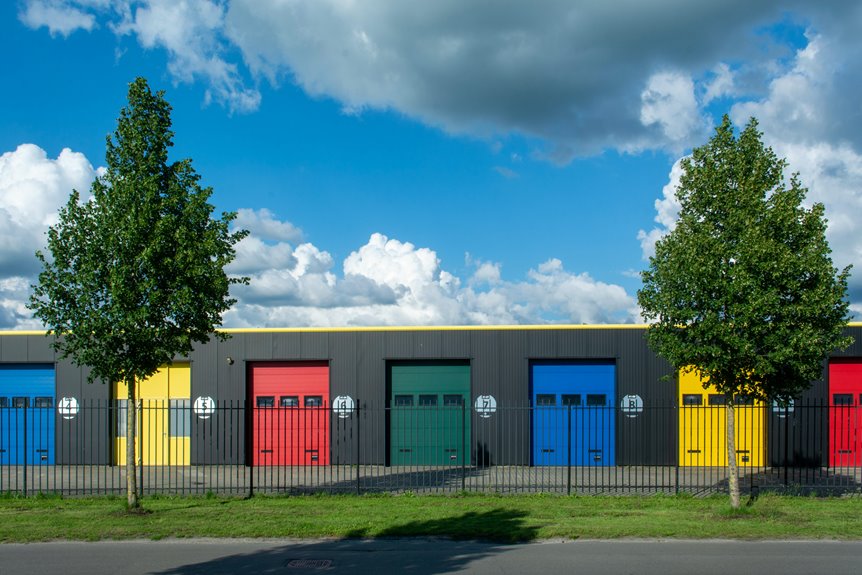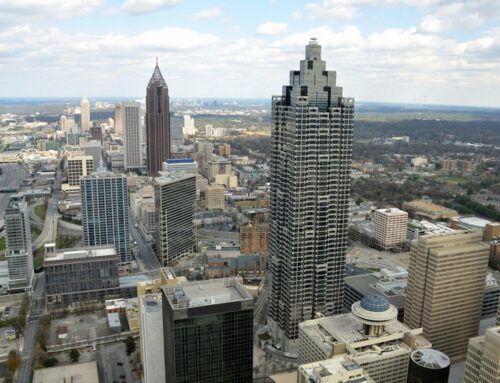Vacant properties can significantly affect the health and vitality of neighborhoods. From economic repercussions to social issues, the presence of vacant buildings can alter community dynamics. In this blog, we’ll explore the various impacts that vacant properties have on neighborhoods, discussing both the challenges and potential solutions to this pressing issue.
1. Economic Decline
Why It Matters: Vacant properties can lead to economic instability in neighborhoods, affecting local businesses and property values.
Impacts:
- Decreased Property Values: Nearby homes often see a drop in value when vacant properties linger, as they can signal neglect and disinvestment in the area.
- Loss of Tax Revenue: Local governments may face reduced tax revenues due to declining property values, which can impact public services like schools, parks, and infrastructure.
- Impact on Local Businesses: Vacant properties can deter foot traffic and discourage new businesses from opening, leading to an overall decline in the local economy.
2. Increased Crime Rates
Why It Matters: Vacant properties can become hotspots for criminal activity, contributing to a sense of insecurity in neighborhoods.
Impacts:
- Attracting Criminal Activity: Unattended properties may attract vandalism, theft, and drug-related crimes, further deteriorating the neighborhood’s reputation.
- Fear and Safety Concerns: The presence of vacant buildings can instill fear among residents, leading to decreased community engagement and increased isolation.
3. Social Isolation
Why It Matters: Communities thrive on interaction and cohesion; vacant properties can create barriers to social connectivity.
Impacts:
- Disruption of Community Cohesion: Vacant homes can disrupt the social fabric, leading to feelings of abandonment among residents.
- Decreased Neighborly Engagement: With fewer people living in the area, social interactions diminish, weakening community ties and support networks.
4. Environmental Concerns
Why It Matters: Neglected properties can lead to environmental degradation, affecting the overall quality of life in the neighborhood.
Impacts:
- Landscaping Neglect: Vacant properties may have overgrown lawns and unchecked weeds, contributing to an unkempt appearance in the area.
- Potential for Hazardous Conditions: Abandoned properties can become sites for hazardous waste, overgrown vegetation, and pest infestations, posing health risks to the community.
5. Blight and Urban Decay
Why It Matters: The presence of vacant properties can contribute to the physical decay of neighborhoods, leading to broader issues of urban blight.
Impacts:
- Visual Deterioration: Run-down buildings can create a sense of neglect and disinvestment, reducing neighborhood appeal.
- Impact on Community Pride: Residents may feel embarrassed or disheartened by the presence of vacant properties, leading to a decline in community pride and ownership.
6. Potential for Revitalization
Why It Matters: While vacant properties pose challenges, they also present opportunities for revitalization and community improvement.
Impacts:
- Increased Interest in Renovation: Investors and developers may see vacant properties as opportunities for renovation, contributing to neighborhood revitalization.
- Community Initiatives: Local organizations and governments may engage in initiatives to address vacancies, turning neglected spaces into community assets (e.g., parks, gardens, or affordable housing).
Conclusion
The impact of vacant properties on neighborhoods is multifaceted, influencing economic stability, crime rates, social connectivity, environmental health, and community pride. Addressing the challenges posed by vacant properties requires a collective effort from local governments, community organizations, and residents. By recognizing the negative effects and exploring revitalization strategies, communities can work towards transforming vacant properties into assets that enhance the neighborhood’s quality of life.
FAQs
Q: How do vacant properties affect property values?
A: Vacant properties typically lower property values in the surrounding area, as they can signal neglect and disinvestment, which deters potential buyers.
Q: Can vacant properties increase crime rates?
A: Yes, vacant properties can attract criminal activity and vandalism, contributing to an overall increase in crime rates in the neighborhood.
Q: What are some community solutions for dealing with vacant properties?
A: Solutions may include community initiatives to clean up and renovate properties, public-private partnerships to redevelop vacant spaces, and policies that incentivize investment in these areas.
Q: How can I report a vacant property in my neighborhood?
A: You can report a vacant property to your local government or housing authority, often through their websites or community development departments.
Q: What can residents do to combat the negative effects of vacant properties?
A: Residents can engage in neighborhood watch programs, participate in community clean-up efforts, and advocate for local policies that address vacant properties and promote revitalization efforts.
By understanding the impact of vacant properties, communities can work together to address the challenges and seize opportunities for improvement, ultimately enhancing the quality of life for all residents.











